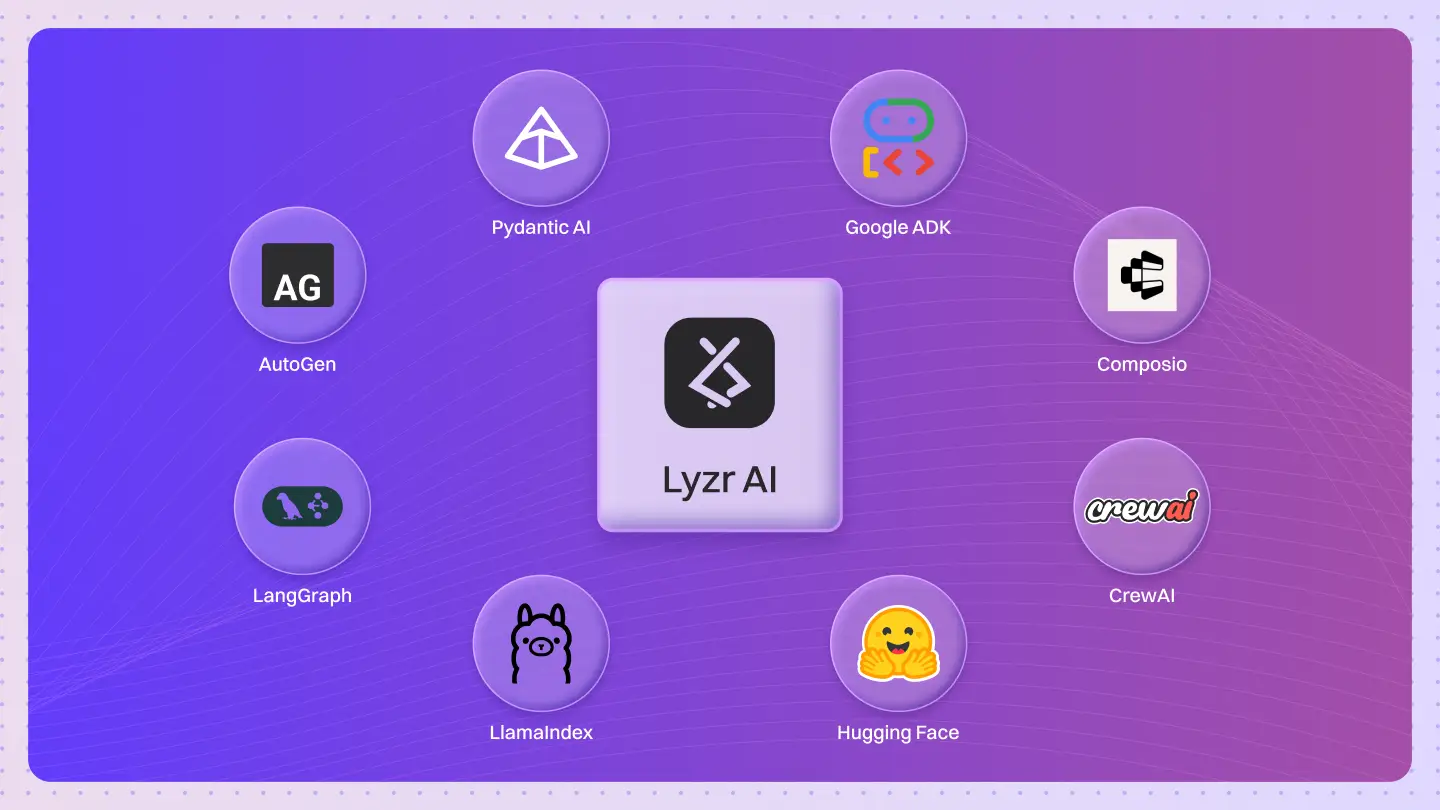Making sense of massive datasets is no longer a luxury. It’s a necessity.
t-SNE (t-distributed Stochastic Neighbor Embedding) is a machine learning algorithm.
It helps visualize complex high-dimensional data.
It does this by reducing it to 2 or 3 dimensions.
Crucially, it preserves the relationships between data points.
This makes it far easier to spot patterns and clusters.
It’s like creating a detailed city map from thousands of aerial photographs.
A map simplifies the complex, 3D world into a flat, 2D representation.
But it keeps the important relationships intact.
The distance between City Hall and the train station is preserved.
Neighborhoods are shown as distinct areas.
t-SNE creates a similar ‘map’ of your data.
It preserves the local neighborhood structure of your data points, even after squashing them into a simple 2D plot.
Misinterpreting these data maps can lead to flawed conclusions.
Understanding how to create and read them correctly is vital for anyone working with complex data, from bioinformatics to AI research.
What is t-SNE and how does it work?
t-SNE is a tool for data exploration and visualization.
It takes a high-dimensional dataset.
One with many features, maybe hundreds or thousands.
And it projects it down to a low-dimensional space, usually 2D or 3D.
Its goal is not to just compress the data.
Its goal is to preserve the local structure.
If two data points are close neighbors in the original high-dimensional space, t-SNE works very hard to keep them as close neighbors in the final 2D plot.
Here’s a simplified view of the process:
- High-Dimensional Similarities: First, t-SNE models the similarity between points in the original high-dimensional space. It converts these high-dimensional distances into conditional probabilities, representing the likelihood that one point would pick another as its neighbor.
- Low-Dimensional Similarities: Next, it creates a similar probability distribution for the points in the low-dimensional map (the 2D plot).
- Minimizing Divergence: Finally, it iteratively adjusts the positions of the points on the 2D map. The goal is to make the low-dimensional probabilities match the high-dimensional probabilities as closely as possible.
The result is a scatterplot where similar data points form distinct clusters.
What are the main advantages of t-SNE over other dimensionality reduction techniques?
t-SNE has a unique talent for revealing hidden structure.
Its primary advantage is its focus on local relationships.
- t-SNE vs. PCA: Principal Component Analysis (PCA) is a linear technique. It focuses on preserving the global structure and capturing the maximum variance in the data. t-SNE is non-linear. It excels at preserving the fine-grained local structure, making it much better at visualizing distinct clusters. If your data has complex, twisted relationships, t-SNE will likely produce a more intuitive map than PCA.
It captures non-linear patterns.
- Many datasets, like gene expression data or image embeddings, have relationships that aren’t simple straight lines. Because t-SNE is a non-linear method, it can unravel these complex manifolds and display them in a way that makes intuitive sense.
It often produces aesthetically clear visualizations.
- t-SNE vs. UMAP: Uniform Manifold Approximation and Projection (UMAP) is a newer, often faster alternative. However, for many years, t-SNE was the gold standard. It has a knack for creating well-separated, visually pleasing clusters that are easy for the human eye to interpret.
This is why you see it used by researchers at Google/DeepMind to visualize how computer vision models group images.
Or in bioinformatics, to map out different cell types based on their complex gene expression profiles.
What are the limitations and common pitfalls of t-SNE?
t-SNE is powerful, but it’s also easy to misuse.
Its visualizations can be misleading if you don’t know the rules.
Here are the biggest pitfalls:
- Cluster sizes mean nothing. The size of a cluster in a t-SNE plot is not a reliable indicator of the actual size or density of the cluster in the original data. t-SNE’s algorithm can expand dense clusters and compress sparse ones to make them visible.
- Distances between clusters mean nothing. You cannot measure the distance between two separated clusters and conclude anything meaningful. A large gap between two clusters does not mean they are “more different” than two clusters with a small gap. Global geometry is not preserved.
- It’s computationally intensive. The original t-SNE algorithm has a complexity of O(n²), making it very slow for datasets with hundreds of thousands of points. While optimizations exist, it can still be a bottleneck.
- Randomness plays a role. Running t-SNE on the same data twice might produce slightly different-looking plots. The overall clustering should be stable, but the exact positions and orientations might change.
Imagine Spotify using t-SNE to visualize music genres. A misinterpretation might lead them to believe that the “Indie Folk” cluster is much smaller than the “Pop” cluster, or that “Classical” is much further from “Jazz” than it is from “Ambient,” when this is just an artifact of the visualization.
How do you interpret t-SNE visualizations correctly?
To read a t-SNE plot, you must adopt a specific mindset.
DO:
- Focus on the clusters. The key insight is which points group together. This tells you about their local similarity in high-dimensional space.
- Look for patterns within clusters. Sometimes you can see sub-clusters or gradients that might be meaningful.
- Use it for exploration. t-SNE is a fantastic tool for generating hypotheses about your data.
DO NOT:
- Interpret the relative sizes of clusters.
- Interpret the distances between clusters.
- Over-interpret the shape of a single cluster.
- Run it once and treat the output as absolute truth. Run it multiple times with different parameters to see how stable the clusters are.
The golden rule is: t-SNE tells you what is near what. That’s it.
What are the key hyperparameters in t-SNE and how do they affect results?
The most critical hyperparameter is Perplexity.
Perplexity is a value that, in simple terms, tells t-SNE how to balance attention between local and global aspects of your data.
It’s a guess about the number of close neighbors each point has.
Typical values are between 5 and 50.
- Low Perplexity (e.g., 5): This tells the algorithm to care a lot about very small, local structures. The plot might look chaotic, with many small, fragmented clusters. It can be useful for finding very fine-grained patterns.
- High Perplexity (e.g., 50): This tells the algorithm to look at a larger number of neighbors for each point, giving more weight to the broader structure. The plot might look more like one big, connected cloud.
Finding the right perplexity often requires experimentation. It’s common to generate plots for several perplexity values to see which one best reveals the underlying structure of the data.
What technical mechanisms make t-SNE effective?
The core of t-SNE’s success lies in a few key technical choices.
The algorithm isn’t just about general coding.
It’s about specific mathematical and computational solutions.
- Student t-distribution: This is the “t” in t-SNE. To map points in the low-dimensional space, t-SNE uses a t-distribution, which has heavier tails than a normal (Gaussian) distribution. This is its secret weapon against the “crowding problem.” It allows dissimilar points to be placed further apart in the low-dimensional map, creating more space and clearer separation between clusters.
- Perplexity Parameter: This hyperparameter directly controls the bandwidth of the Gaussian kernels used to compute probabilities in the high-dimensional space. It fine-tunes the effective number of neighbors considered for each point, directly influencing the balance between local detail and global structure.
- Barnes-Hut t-SNE: This is a crucial optimization. Instead of calculating the repulsive forces between every single pair of points (O(n²)), it approximates them using a tree-based structure. This dramatically reduces the computational complexity to O(n log n), making t-SNE practical for datasets with millions of points.
Quick Test: Can you spot the risk?
A data scientist creates a t-SNE plot of customer data. They see two distinct clusters: “High-Value Customers” and “Low-Value Customers.” The “High-Value” cluster is small and tight, while the “Low-Value” cluster is huge and spread out. The two clusters are on opposite sides of the plot.
What is the most dangerous, incorrect conclusion they could draw from this plot alone?
- There are far more low-value customers than high-value ones.
- High-value customers are a very homogenous group.
- The difference between a high-value and a low-value customer is the largest difference in the entire dataset.
(Answer: All three are risky conclusions. Cluster size, density, and inter-cluster distance are all artifacts of the t-SNE algorithm and do not reliably reflect the true data.)
Questions That Move the Conversation
How does t-SNE handle the ‘crowding problem’ in dimensionality reduction?
By using the Student t-distribution for the low-dimensional similarities. Its heavy tails give points more “room” to move away from each other, effectively separating distinct clusters that would otherwise get squashed together.
What is the computational complexity of t-SNE and how does it scale with larger datasets?
The classic implementation is O(n²), which is very slow. Modern implementations use the Barnes-Hut approximation, which improves it to a much more manageable O(n log n).
When should you use t-SNE versus UMAP or PCA?
- PCA: Use it as a first step or when you know your data has linear relationships. It’s fast and good for noise reduction.
- t-SNE: Use it for deep, exploratory visualization when you need to understand local neighborhood structures. It’s excellent for generating hypotheses.
- UMAP: Use it when you need a balance of performance (it’s much faster than t-SNE) and high-quality visualization. It also tends to preserve more of the global structure than t-SNE.
Can t-SNE be used for dimensionality reduction before applying machine learning algorithms?
Generally, no. t-SNE is a visualization technique, not a feature extraction technique for model training. Because it doesn’t preserve global distances, the resulting coordinates are not typically useful as input features for a classifier or regression model. Use PCA or other feature extraction methods for that.
How does the perplexity parameter in t-SNE affect the final visualization?
It defines the effective number of neighbors each point considers. A low perplexity focuses on very local details, potentially creating many small clusters. A high perplexity considers a broader neighborhood, potentially merging smaller clusters into larger ones.
What are some common misinterpretations of t-SNE plots?
The big three are: attributing meaning to cluster size, the density of points within a cluster, and the distance between two separate clusters. None of these are reliable metrics.
How was t-SNE developed and how has it evolved since its introduction?
It was introduced by Laurens van der Maaten and Geoffrey Hinton in 2008. The major evolution was the development of the Barnes-Hut approximation, which made it scalable to much larger datasets.
What preprocessing steps should be applied before using t-SNE?
It’s very common to first use PCA to reduce the initial number of dimensions (e.g., down to 50). This can help remove noise and significantly speed up the t-SNE computation without losing much signal.
Are distances between clusters in t-SNE visualizations meaningful?
No. Absolutely not. This is the most critical rule to remember. t-SNE explicitly gives up on preserving global distances to do a better job of preserving local neighborhoods.
What are the most common implementations and libraries for t-SNE?
For Python, the go-to implementation is in Scikit-learn. For R, the Rtsne package is widely used.
t-SNE remains a landmark algorithm in data science. Even with faster alternatives emerging, its ability to create clear, intuitive maps from overwhelming complexity secures its place as a fundamental tool for human-in-the-loop data exploration.









